Fear, hesitation, anxiety, curiosity, and mourning are a fraction of the emotions we experience during the diagnostic process. On a personal level, it was easy for me to compartmentalize these emotions as I was only focused on finding a medication therapy that would help mitigate my debilitating symptoms. After my official diagnosis, my GI doctor immediately started me on my first treatment regimen. It felt so liberating finally having a concrete treatment plan that addressed my medical issues, but I was cautiously optimistic about the benefits of this new therapy.
My very first medication therapy was Mesalamine tablets. This is a very common beginning medication, but of course I never knew that since this was such a novel experience. My doctor reassured me that this specific medication is usually well tolerated, which was why it was my first treatment option. I put every ounce of faith I had into this medication. Daydreaming about a symptom-free life and the liberation that would ensue was a regular occurrence for me. This was all quickly halted, as I soon had to deal with the reality of failing my first medication treatment.
Daydreaming about a symptom-free life and the liberation that would ensue was a regular occurrence for me.
Failing medications was never an option that crossed my mind. I was always aware that medication wasn’t a one-size-fits-all, but how could that happen to me? My dazed sense of optimism paired with a lack of information from my doctor were the root cause. Why was I never informed that failing medications was a common experience among people with IBD? Why was I never given proper mental health resources when dealing with the aftermath of failing a medication? Why wasn’t I prepared? These are all questions that plagued my mind in the aftermath of the failed treatment.
I felt like I had been dealt an unlucky hand. Not only did I have to navigate the world of chronic illness completely alone, but I now had to deal with the process of finding new drug therapies.
I felt like I had been dealt an unlucky hand. Not only did I have to navigate the world of chronic illness completely alone, but I now had to deal with the process of finding new drug therapies. After having a rare reaction to the first treatment, my doctor immediately put me on a immunosuppressive self-injection. My entire life changed after that. Was I now supposed to be afraid of simple illnesses? How susceptible was I? What will happen to me during COVID? Luckily my GI doctor was open and helpful, but the process wasn’t any less traumatic. After starting this home injection, my condition quickly started to improve. After so much turmoil and strife, I finally was able to see light and experience the warmth and security of a “healthy” body. The quality of my life started to improve, and I quickly found my new normal. I was so elated that “at home self-injection” basically became my new middle name. But unfortunately, this did not last too long.
After seeing so much promise, I developed antibodies to my medication. My doctor explained that this meant my medicine was no longer effective, and that I once again failed a drug therapy. I vividly remember the aftermath of that phone call. I was inundated with emotions that I can't even begin to explain or recall. Now, was I supposed to restart this emotionally draining and arduous process all over again?
After voicing my concerns to my doctor, she emphasized that there was a glimmer of hope. Since I responded well to the second injection treatment, I could be put on a biosimilar medication via an infusion. She hoped that this new anti-TNF treatment would continue to improve the quality of my life and symptom mitigation. Getting infusions was going to be a new hurdle, regularly spending hours in an infusion clinic, especially at my age, was going to take some adjustment. The process was terrifying, but I was privileged enough to have an attentive medical team, which included my infusion nurse. After almost two years, I am still on my infusion therapy and have achieved remission. It was a long journey, and I am still dealing with processing everything, but I will be eternally grateful for having newfound security in my health.
Ultimately, I want to stress the importance of transparency. Had my doctor informed me from the beginning that failing medications is a common experience, I don’t believe that I would've had such a difficult transition. I can’t help but to think, “Why aren't doctors more forward about this unspoken reality?”. If I could go back to my newly diagnosed self, I would tell him to prepare for a turbulent ride and to make sure that his anxieties are heard, understood, and validated. It is the responsibility of our medical team to inform us about the different medication processes we will inevitably go through. I believe this transparency will not only breed a more informed patient population, but a less anxious newly diagnosed patient population.
This article is sponsored by Connecting to Cure.
Connecting to Cure Crohn’s and Colitis is a grassroots, volunteer organization that brings together the IBD community with a focus on caregivers and families. Connecting to Cure Crohn’s & Colitis provides community and support for those coping with these chronic illnesses, while raising awareness and funds for research as well.














